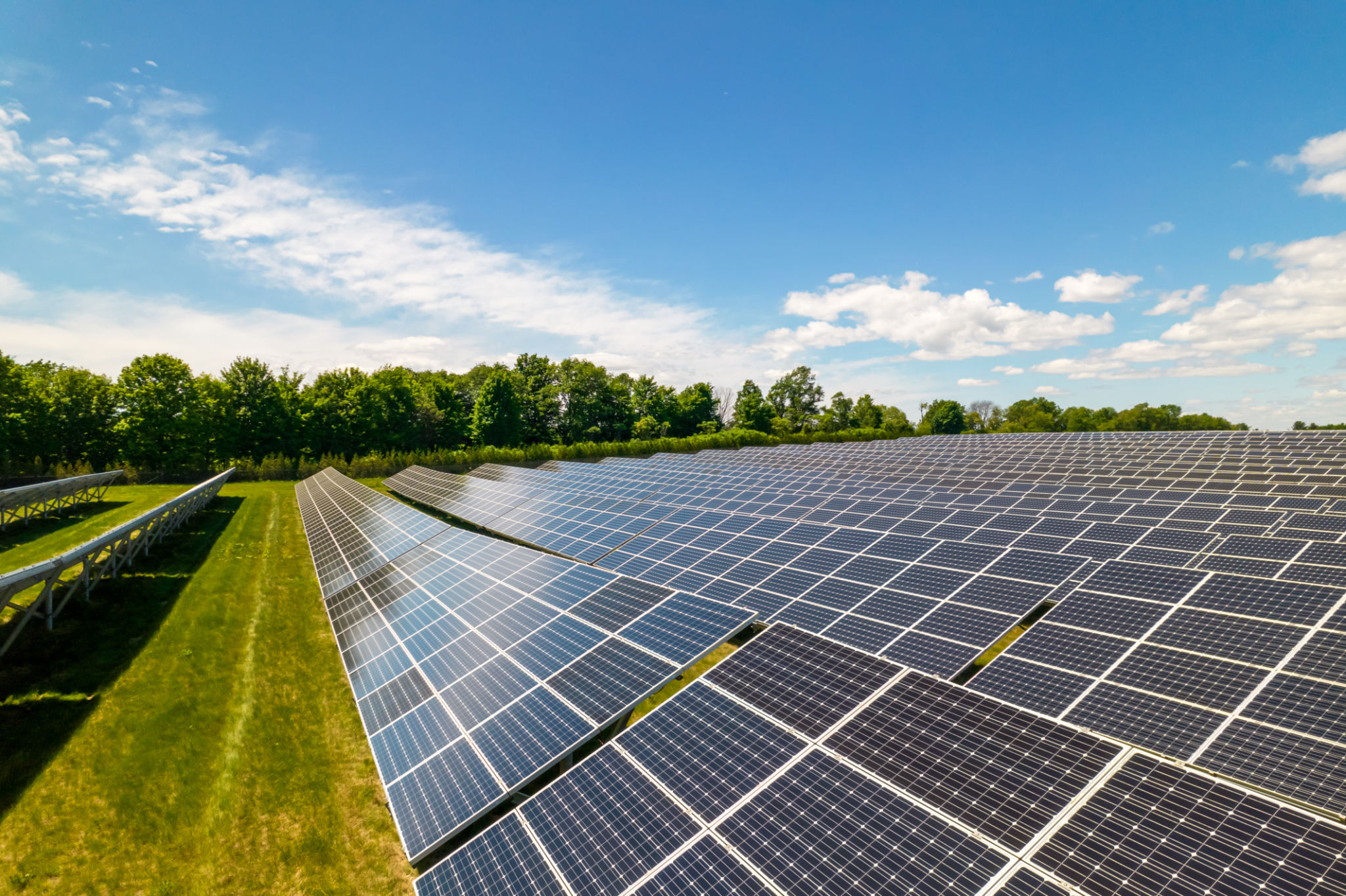A Step-by-Step Guide to Starting Your Own Solar Farm
Understanding the Basics of Solar Farms
Solar farms are large-scale installations of solar panels designed to capture sunlight and convert it into electricity. They are a sustainable energy solution that can help reduce carbon footprints and provide renewable energy to communities. Whether you're an individual investor or a company looking to diversify your energy portfolio, starting a solar farm can be a rewarding venture.

Research and Planning
The first step in starting your own solar farm is conducting thorough research. Understanding the solar industry, potential markets, and local regulations is crucial. Begin by familiarizing yourself with the types of solar farms, such as photovoltaic (PV) and concentrated solar power (CSP) systems, and decide which is best suited for your location and budget.
Once you've gathered enough information, create a comprehensive business plan. This plan should outline your goals, budget, potential sites, and a timeline for development. Identifying possible challenges and devising strategies to overcome them will also be beneficial in this stage.
Securing a Suitable Location
Choosing the right location is vital for a successful solar farm. The site should have ample sunlight exposure, be free from shading obstacles like trees or buildings, and have the necessary infrastructure to connect to the power grid. Land size is another important factor; typically, you'll need about 5-10 acres for every megawatt of solar energy you plan to produce.

Navigating Legal and Regulatory Requirements
Before construction can begin, you'll need to navigate various legal and regulatory requirements. This includes securing permits from local authorities, complying with zoning laws, and ensuring environmental regulations are met. It's advisable to consult with legal experts who specialize in renewable energy projects to ensure all legalities are addressed.
Additionally, consider applying for any government incentives or subsidies available for renewable energy projects. These can significantly offset initial costs and improve the financial viability of your solar farm.
Financing Your Solar Farm
Financing is a critical aspect of developing a solar farm. Depending on the size of your project, costs can range from hundreds of thousands to several million dollars. Explore different financing options such as bank loans, private investors, or partnerships with energy companies. Some regions also offer grants or low-interest loans specifically for renewable energy projects.

Construction and Development
Once financing is secured and permits are in place, you can move forward with the construction phase. This involves selecting a reputable contractor experienced in solar installations. Ensure they adhere to industry standards and safety guidelines throughout the process.
The construction phase includes installing solar panels, inverters, transformers, and any necessary infrastructure for grid connection. Regular site inspections and project management oversight are essential to maintain quality control and meet deadlines.
Operations and Maintenance
After the solar farm is operational, ongoing maintenance is required to ensure optimal performance. Regularly clean panels, check electrical connections, and monitor system performance. Partnering with a professional maintenance service can help identify potential issues early and extend the lifespan of your solar farm.
By following these steps diligently, you'll be well on your way to successfully launching and managing your solar farm, contributing positively to a sustainable energy future.
